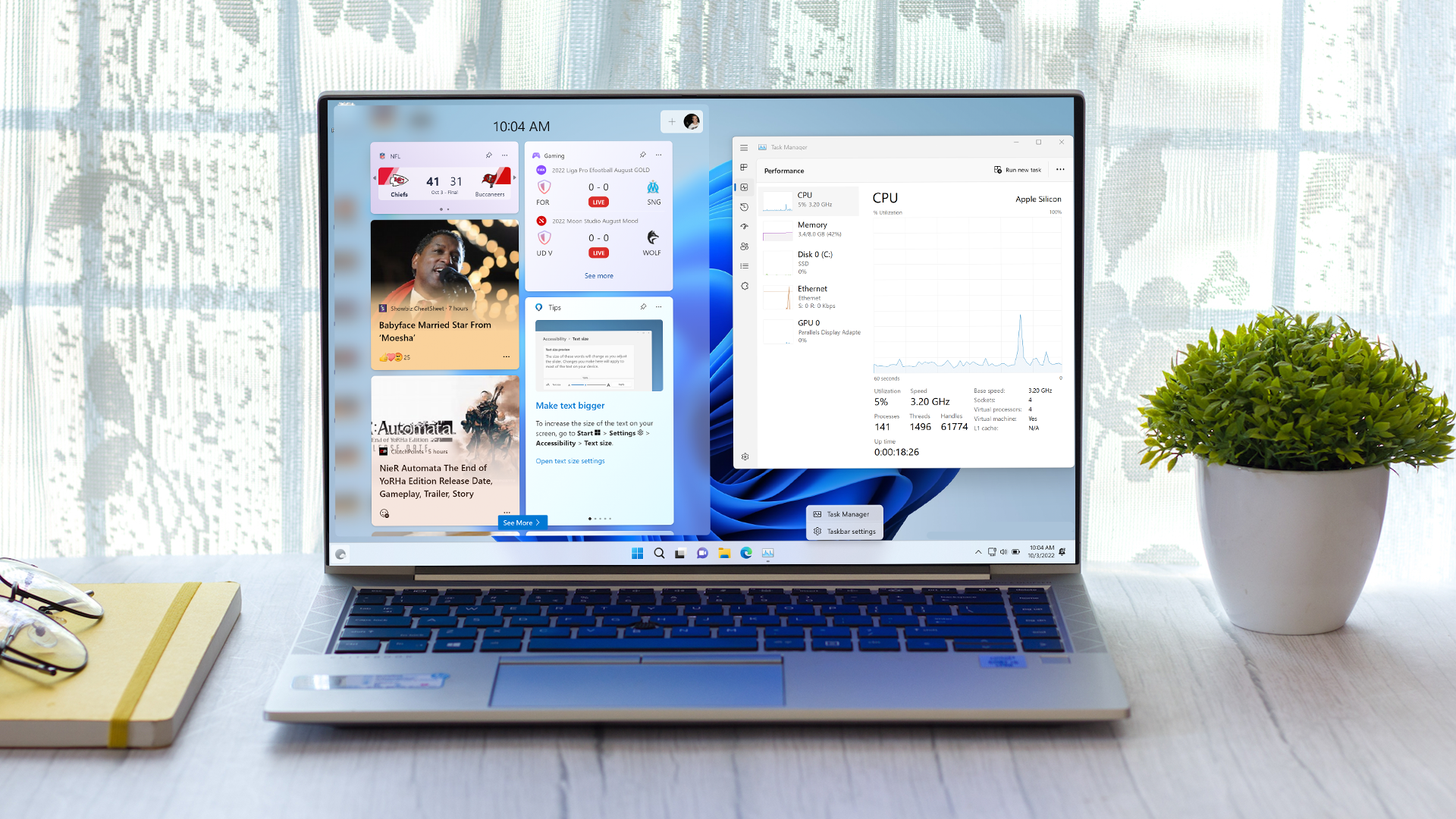Windows 11 has a nifty new feature – but enabling it is a hassle
To get these handy system performance widgets you must install the Dev Home app

Windows 11 now has widgets to let you monitor how your system is running, albeit the way of getting them going is rather clunky.
The catch is they come as part of a new app being introduced for Windows 11, which is currently in preview, called Dev Home. As the name suggests, this is for developers (to help make them more productive and streamline their workflow for creating software), but it has an interesting extra option.
As Ghacks reports, Dev Home allows you to add widgets for monitoring system resources, meaning you can see at a glance on the widgets board how your CPU, GPU, system memory, or network are performing currently.
This is the same info available in Task Manager – in the Performance tab – but having it right there on the widgets panel, if you want, makes it far more convenient to check what’s going on if, say, your PC appears to be hit with a bout of slowdown.
As you may realize, going into Task Manager is a slightly convoluted process (though there is a handy keyboard shortcut to get there quickly – by pressing the Ctrl+Shift+Escape keys together).
The system monitoring widgets also provide some useful extra touches. For example, the CPU performance widget displays the top three active processes and a button to end them (in other words, to kill the task right there and then, if it is causing problems or has become unresponsive – an option coming to the taskbar in Windows 11, too).
Analysis: Hopefully these widgets will become more broadly available
Obviously this app is specifically for developers, so consumers aren’t going to want to use it as such. However, there’s certainly nothing to stop the average user from installing the Dev Home preview app (from the Microsoft Store) to get this ability.
Get daily insight, inspiration and deals in your inbox
Sign up for breaking news, reviews, opinion, top tech deals, and more.
Is it worth doing that? For some who are really keen to see system resource readouts on the widgets board, it’s at least good to have the option. Although in all honesty, it’s maybe a step too far for many folks, who aren’t going to want to install developer software (that takes up space, of course).
Do note, though, that you don’t ever have to run Dev Home, or do anything beyond installing it. Once set up, you can use the widgets without ever going near the Dev Home app again (but you must leave it installed).
What we’re hoping is that if Microsoft sees this as a reasonably popular option – assuming it is, naturally, and we can imagine it’ll get some traction among widget fans – then maybe the company will consider making these system-monitoring widgets more broadly available. In other words, have them accessible to everyone without the need to install Dev Home.
Note that currently, we’re told that the updating of these widgets in real-time doesn’t appear to be working properly, which is presumably a bug. That’s the other thing to remember for now – this app is still in preview, so it may be wonky while Microsoft irons out various issues that are doubtless present.
Darren is a freelancer writing news and features for TechRadar (and occasionally T3) across a broad range of computing topics including CPUs, GPUs, various other hardware, VPNs, antivirus and more. He has written about tech for the best part of three decades, and writes books in his spare time (his debut novel - 'I Know What You Did Last Supper' - was published by Hachette UK in 2013).